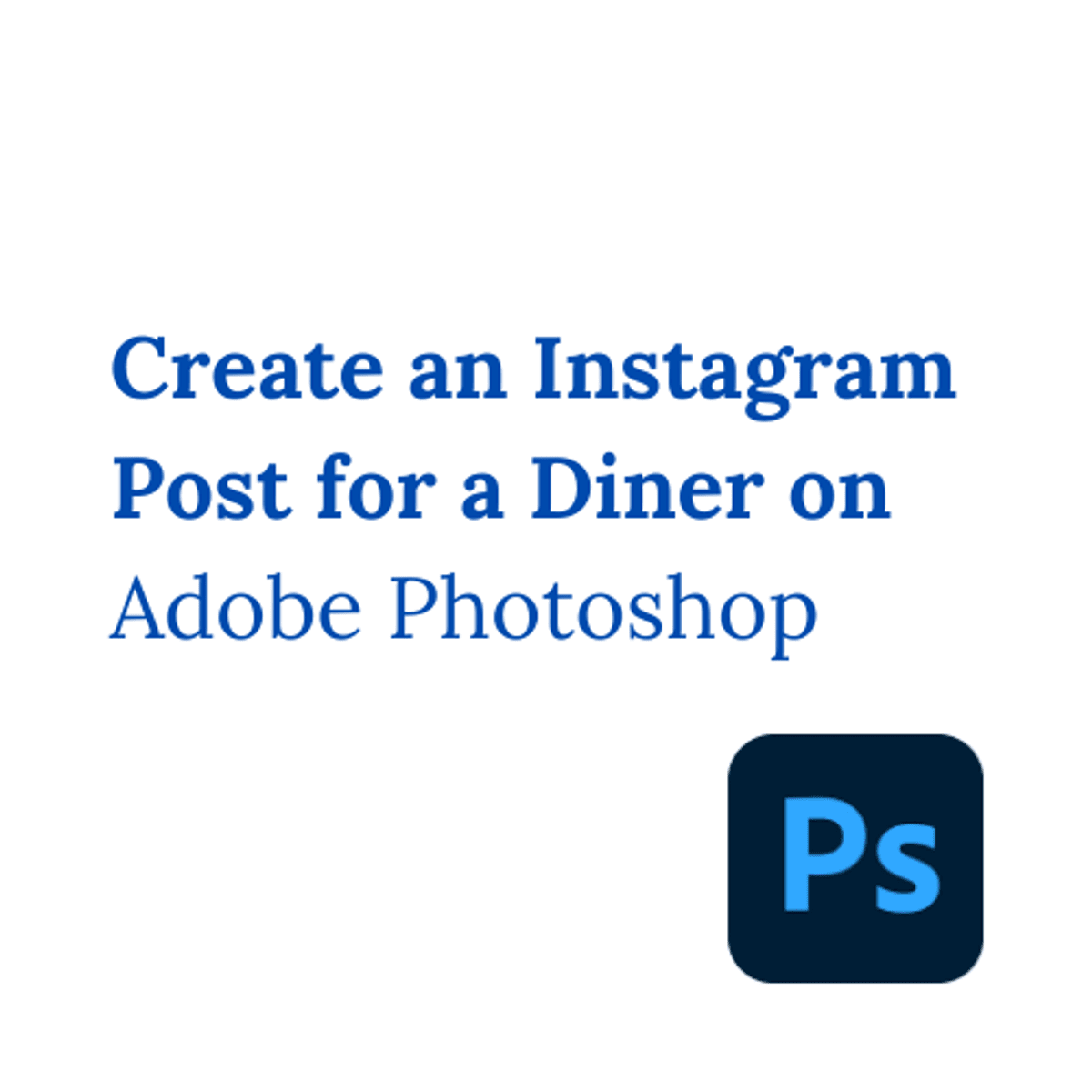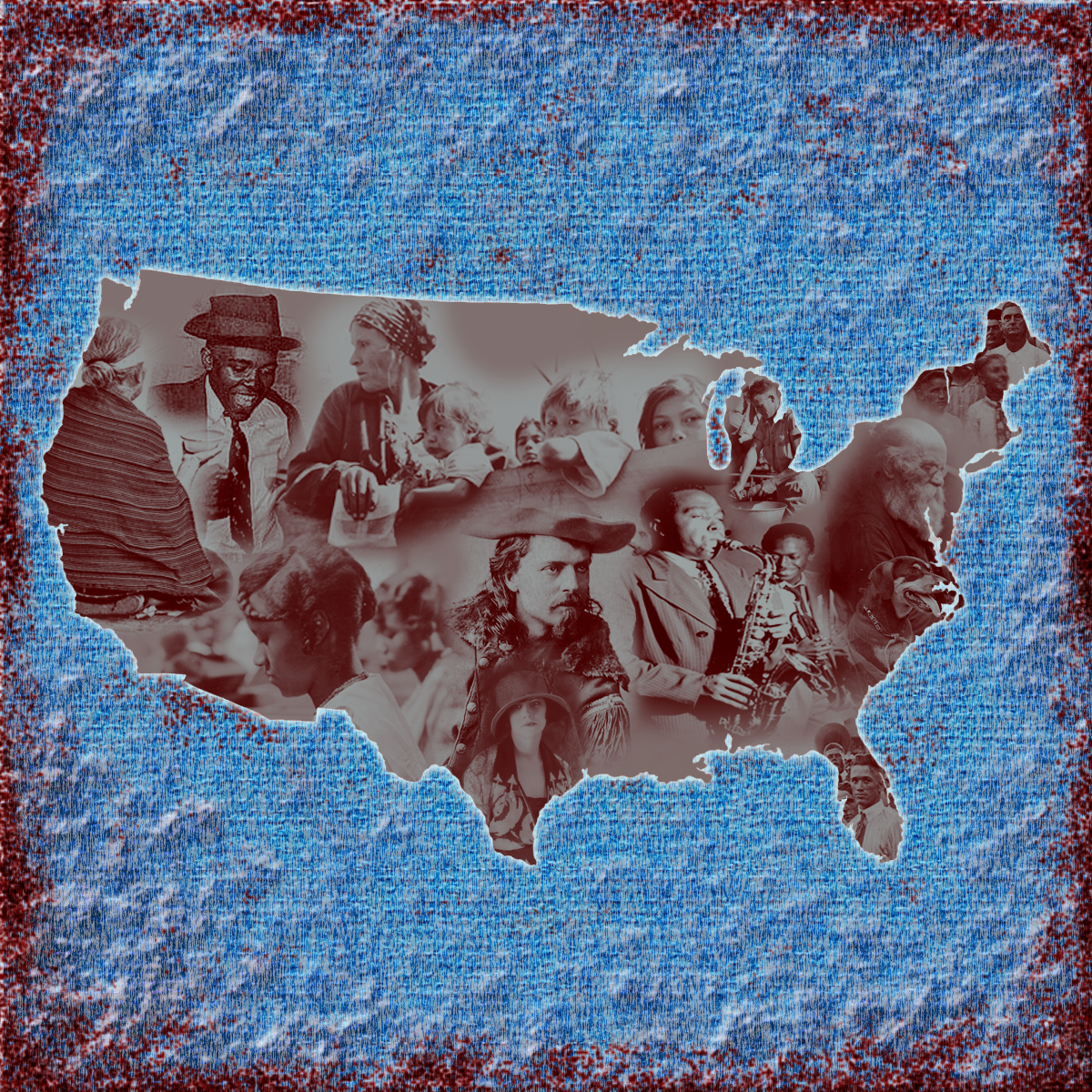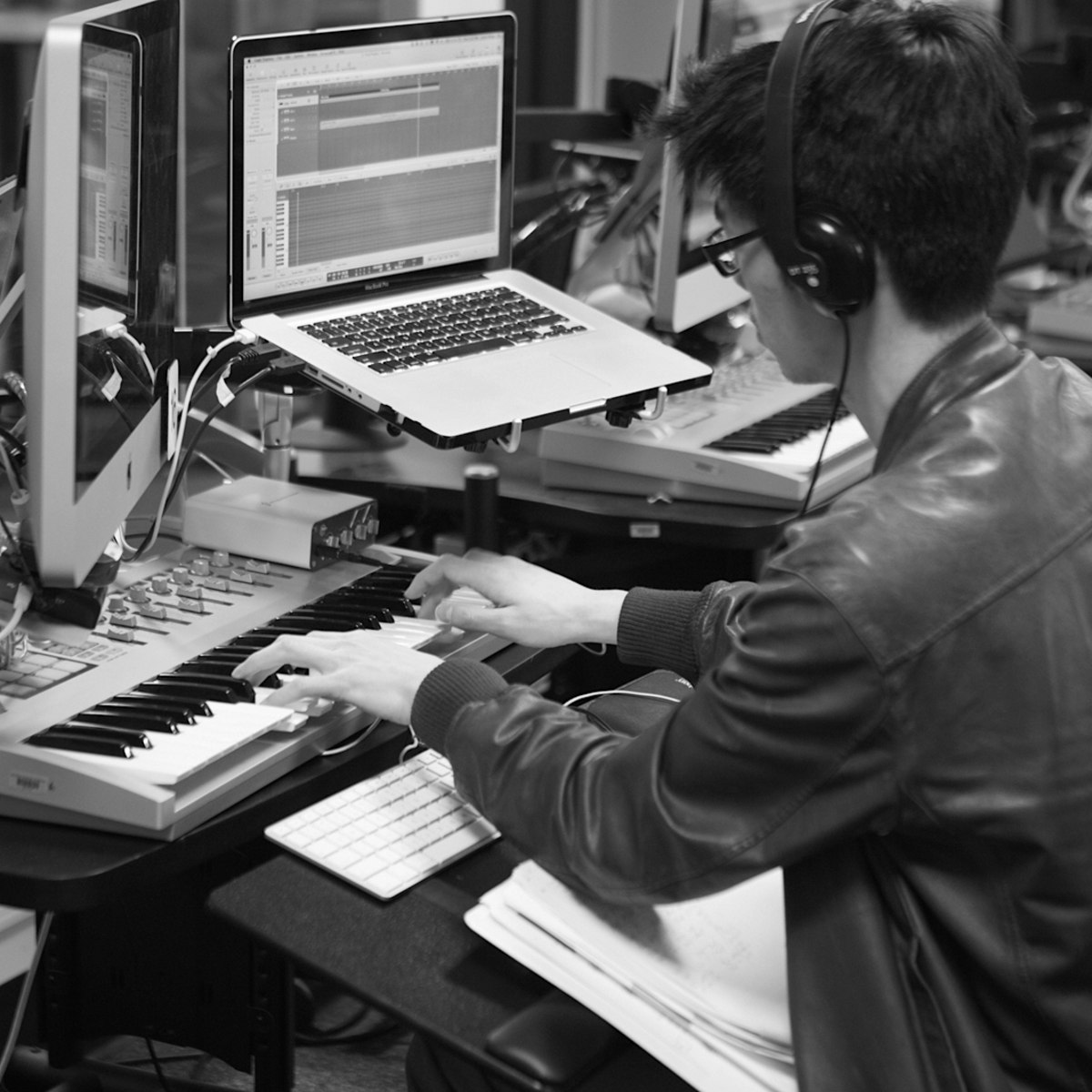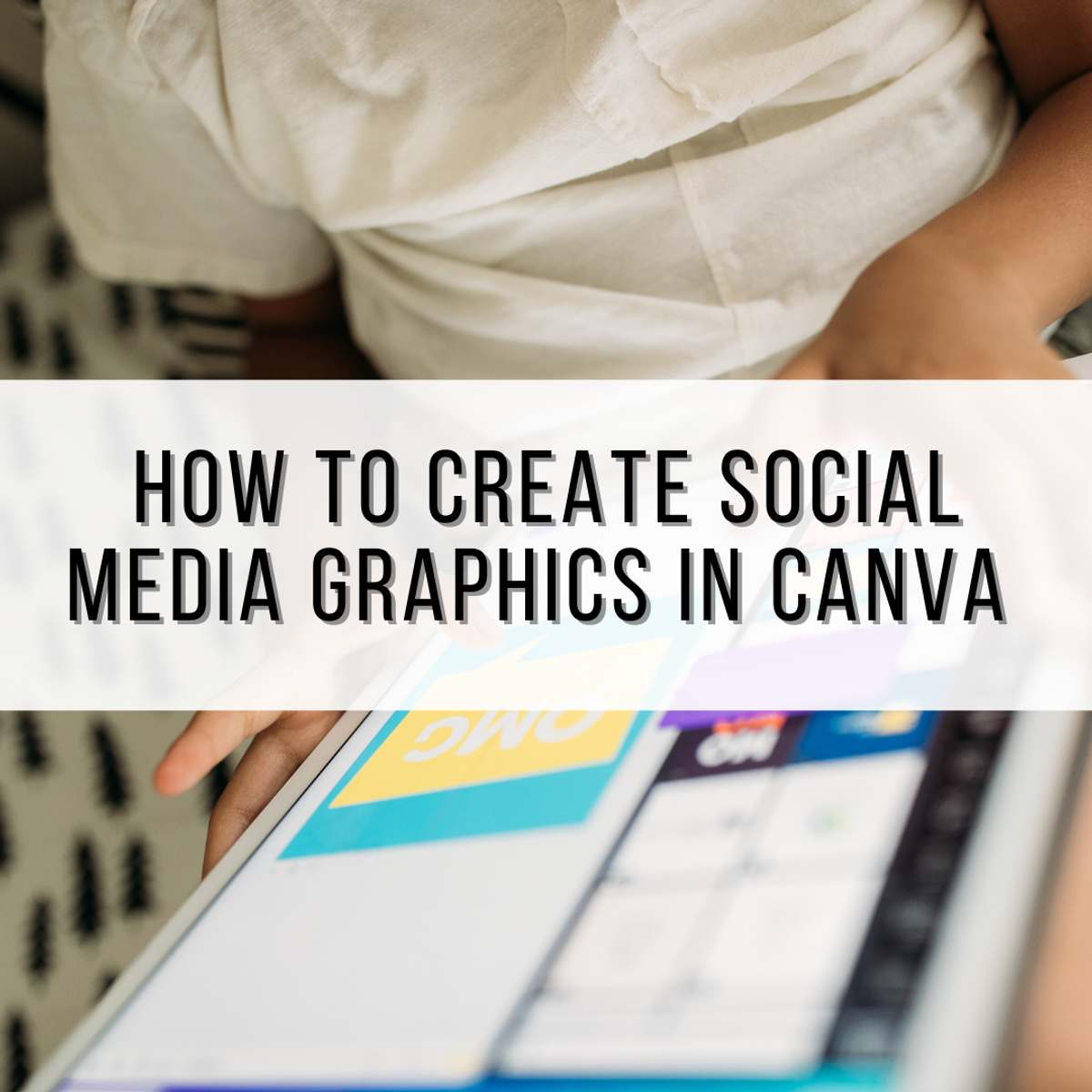Back to Courses









Music And Art Courses - Page 15
Showing results 141-150 of 257

Create an Instagram post on Adobe Photoshop
By the end of this project, you will be able to create an Instagram post for a Diner using Adobe Photoshop.
Throughout the project, you will be able to use Adobe Photoshop with its different tools. You will be able to create a neon effect on your typography and shapes. You will edit and color correct an image to use in the layout of the Instagram post.
This guided project is for intermediate graphic designers and intermediate digital designers who are interested in learning how to create an Instagram post in Adobe Photoshop using the neon effect for the typography and edit an image to be at the centre of the layout. By creating this, you will contribute to advertising the restaurant/diner on one of the most known social media platforms, by reaching out to a large number of your targeted group of people.
Adobe Photoshop is a software that is extensively used for raster image editing, graphic design and digital art. It makes use of layering to allow for depth and flexibility in the design and editing process, as well as provide powerful tools that, when combined, are capable of just about anything.
It will be, undoubtedly, a great asset throughout your future career as a designer.

Fashion Retail Transformation
In this course, Parsons faculty and industry experts dive deep into the transformation of fashion retail. You’ll explore the fusion of retail and entertainment and the increasing importance of omnichannel client relationships. Through an examination of disruptive retail innovations, such as on-demand delivery and virtual reality, you’ll learn how industry leaders are keeping up with customer expectations. You’ll look at e-commerce strategies through the lens of listening to and applying customer feedback and how brands stay relevant in the direct-to-consumer marketplace. Finally, you’ll consider the post-COVID consumer and how e-commerce and remote clienteling can be leveraged within the fashion business to ensure customer satisfaction and loyalty.
In this course, you'll be learning from the following Parsons faculty and industry experts:
- Caryn Pang, Parsons Faculty, Senior Consultant
- Ron Thurston, Author, RETAIL PRIDE
- Keanan Duffty, Parsons Faculty
- Patrick Klesius, Parsons Faculty, Enterprise Data Architecture & Analytics, David Yurman

Adding Special Effects in Adobe Photoshop
Adobe Photoshop can be used to create wondrous works of art. Its tools allow a skilled artist to blend the boundaries of reality and art with the strokes of a brush, or lines of a pencil. In this lesson, you will learn to augment the use of these basic tools through the implementation of special effects. From drop shadows, to outer glows, a whole universe of artistic variation is about to become unlocked; and it’s waiting just for you.

Create a text adventure game with Ink
In this 1-hour long project-based course, you will learn how to develop a text adventure game with Ink, the fundamentals of this narrative scripting language, creating dynamic content for a fully interactive text-based adventure with illustrations.
Note: This course works best for learners who are based in the North America region. We’re currently working on providing the same experience in other regions.

Reimagining Blackness and Architecture
Architecture structures our daily lives. It shapes our homes, streets, neighborhoods, cities and more. But who gets to create and occupy these spaces? In the United States, a long history of anti-Black racism has created spatial inequalities that are built into the physical environment and erased the stories of Black architects and communities.
Reimagining Blackness and Architecture explores the relationship between architecture and Blackness as an identity and a lived experience. You’ll hear directly from Black artists, architects, scholars, and writers who reimagine their surroundings and highlight the ways Black makers have changed the world. You’ll see how architects are working to transform American cities into more equitable places using everything from textiles, hip hop, and fiction to spices and spaceships. And you’ll hear from an international range of artists, who create spaces for their communities and make visible the stories of Black life in their work.
The course is structured around five themes: Imagination, Care, Knowledge, Refusal, and Liberation. Each week, through original films, audio interviews, and readings, you’ll expand your understanding of architecture as a practice that reaches across time, place, and form. Creative activities and prompts for reflection will encourage you to consider your own role in shaping your communities.
Course image credit:
Dawoud Bey. A Couple at a Main Street Bus Stop, Rochester, NY. 1989. Gelatin silver print, 11 7/16 × 22 1/16" (29.1 × 56 cm). The Museum of Modern Art, New York. Acquired through the generosity of Ruth Nordenbrook. © 2021 Dawoud Bey

History of Rock, Part Two
This course, part 2 of a 2-course sequence, examines the history of rock, primarily as it unfolded in the United States, from the early 1970s to the early 1990s. This course covers the music of Led Zeppelin, the Allman Brothers, Carole King, Bob Marley, the Sex Pistols, Donna Summer, Michael Jackson, Madonna, Prince, Metallica, Run-DMC, and Nirvana, and many more artists, with an emphasis both on cultural context and on the music itself. We will also explore how developments in the music business and in technology helped shape the ways in which styles developed.
Emerging out of the experimental and ambitious years of late-60s psychedelia, rock splintered into a variety of styles in the 1970s as the music business continued to expand. By the end of the decade, punk and disco had challenged the excesses of the hippie aesthetic, as rock became more commercially streamlined and radio friendly. The emergence and rise of MTV transformed pop music and propelled the careers of Michael jackson and Madonna, while heavy metal and hip hop dominated the late 1980s. Nirvana leads alt-rock's return to simplicity in the early 1990s.

Modern American Poetry
Twelve experienced faculty members from across the United States present their analyses of ground-breaking modern American poets in richly illustrated video lectures.
The course highlights both major poets—from Walt Whitman and Emily Dickinson through T.S. Eliot, H.D., Amy Lowell, Hart Crane, Langston Hughes, Muriel Rukeyser, and many others—and influential movements. The course mixes historical overview with close readings of individual poets and poems. Most courses give only one instructor’s point of view. This one matches the diversity of US poetry with lectures by a score of talented faculty. They bring their special perspective to the material while also presenting a coherent view of more than fifty years of US poetry.
Throughout the course the lectures are illustrated with vivid images of the events, people, and places mentioned in the poems themselves. Readings by both the poets themselves and experienced faculty highlight the texts. On screen displays of text and quotations make it easy to follow the material. This is a course that takes advantage of the medium to bring you sights and sounds that would be difficult to incorporate in classroom lectures.

How to use the sky replacement tool in Adobe Photoshop
In this project, learners will practice using the sky replacement tool in Adobe Photoshop. They will get to practice using this tool in multiple scenarios. They will also get to practice using other methods to replace a sky in Adobe Photoshop.

Creating Sounds for Electronic Music
What you’ll achieve:
In this project-centered course*, you will create sounds and use them in your own musical compositions. Whether you're an aspiring producer, composer, or hobbyist, this course will help you gain skills in music production and confidence using software synthesizers. Along with your classmates, you will create a massive database of designed sounds, or patches, to use in your compositions. As part of the course, you will work with a free version of FXpansion Strobe 2.
What you’ll need to get started:
This course is designed for learners who are familiar with music production basics, and who have access to some basic music production equipment. Specifically, you should have experience with a digital audio workstation that supports VST, AAX, or AU plugins (Introduction to Music Production or Pro Tools Basics are recommended if you do not have this experience). You will also need a MIDI keyboard or controller (such as an oxygen 8), a digital audio workstation, such as Pro Tools, and FXpansion Strobe 2 (a free 90-day demo will be provided for Coursera learners in this course).
*About Project-Centered Courses:
This is a ‘project-centered course’, which means it is designed specifically to help you complete a personally meaningful real-world project, with your instructor and a community of learners with similar goals providing guidance and suggestions along the way. By actively applying new concepts as you learn, you’ll master the course content more efficiently; you’ll also get a head start on using the skills you gain to make positive changes in your life and career. When you complete the course, you’ll have a finished project that you’ll be proud to use and share.

How to create Social Media graphics in Canva
In this project you will learn how to design images for Facebook and Instagram using the Canvas platform. Canvas is a great option for those looking for a user-friendly and easy-to-use platform to create attractive designs for their own business or social media content. Canva has many elements that are free and it gives you a lot of freedom when designing. In addition to this, Canva has paid content that offers another endless number of elements and possibilities for the design but they are not mandatory or totally necessary, so the user has the freedom to choose how much content or elements they want to have at their disposal. Canva is an extremely useful tool for those who are just starting out and even becomes a very good tool for those who have spent years designing in more advanced programs. It is a fast option that does not need to be installed on your computer and as long as you have an Internet connection, it will be an accessible tool.
Popular Internships and Jobs by Categories
Find Jobs & Internships
Browse
© 2024 BoostGrad | All rights reserved